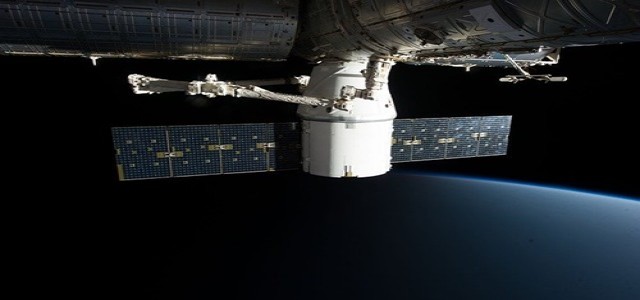
The SWOT, or Surface Water and Ocean Topography mission is reportedly set to launch in November 2022 with the commencement of the final set of tests on the spacecraft, as confirmed by NASA.
SWOT is a collaborative effort between the French space agency CNES (Centre National d'Etudes Spatiales), and NASA, with contributions from the UK Space Agency and the Canadian Space Agency.
The SUV-sized satellite, assembled by an international team of technicians and engineers, will make the first global survey of the surface water of the Earth and observe fine-scale ocean currents. This will allow researchers to track the location and volume of water around the world.
The mission will help to measure the impact of climate change on Earth’s water bodies. This includes the processes by which ocean currents absorb excess moisture, heat, and greenhouse gases like carbon dioxide from the atmosphere. SWOT’s measurements will also help in understanding regional shifts in sea level and flow patterns of the rivers, lakes, and reservoirs of planet Earth.
Commenting on the mission, Nadya Vinogradova Shiffer, the Program Scientist at NASA in Washington expressed that SWOT will provide the first snapshot of Earth’s entire surface water, and its movement around the planet.
In June, the scientific instruments of the satellite were shipped to France from NASA’s Jet Propulsion Laboratory. Since then, the teams are striving to connect the section of the spacecraft holding the instruments to the remaining satellite and assure proper functioning of the electrical connections.
The next six months of the project include three testing phases that will ensure the satellite’s endurance under the harsh environment of space. Technicians will attach the satellite to a shake table, a device that simulates the intense vibrations of the launch. The spacecraft will then be shifted into an acoustic chamber to besiege it with high-decibel sounds matching the ones during blastoff.
Furthermore, SWOT will be moved into a chamber that imitates the vacuum and temperature swings of space. Lastly, the engineers would put the satellite through some more tests to ensure protection against EMI (electromagnetic interference), after which it will be shipped to the launch site.
Source credit:








